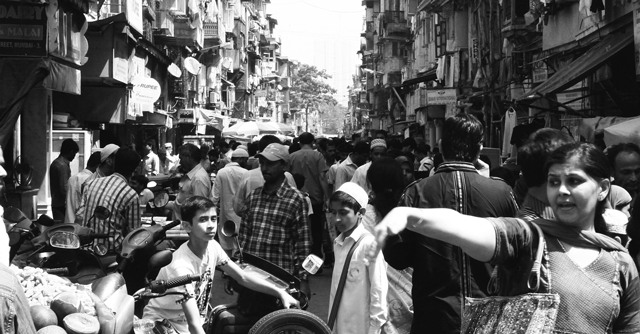
Millions flock to B2B apps in 2021 pushed by pandemic blues


Business-to-business, or B2B, apps are registering high growth rates, a trend that is typically associated with consumer apps.
Apps such as Khatabook, IndiaMart, BharatPe, and PayTM for Business have added “tens of millions” of users, and registered a 48% year-over-year growth in their user base in the quarter ending September over the year-ago period, Cindy Deng, Managing Director, APAC at App Annie, said in an interaction.
Deng pointed out that while the pandemic has forced more users online, availability of infrastructure like the government’s unified payments interface (UPI) has also helped people adopt digital means like apps more easily.

Hence, even as social media remains the biggest segment in terms of usage, apps that cater to small traders, retailers and businesses, have phenomenally increased their user base in 2021.
“The beneficiaries of this aren’t just lifestyle, food delivery, grocery, and entertainment apps; we’re also seeing growth in the B2B space,” Deng said. “We don’t see as many users on B2B apps in other markets; it’s usually around the consumer apps where you see the millions of active users. But in India, B2B apps are actually huge,” she added.
Khatabook, for instance, announced a Series C funding round worth $100 million in August, taking the company’s valuation to $600 million. BharatPe also announced a $370 million funding round in the same month, taking the company’s valuation close to $3 billion.

“India’s digital economy is on an accelerated growth curve, with the new digital consumers not just coming from urban, but aspirational India as well,” said Prabhu Ram, head, Industry Intelligence Group at Cybermedia Research, a market research firm. “B2B ecommerce start-ups are building digital retail platforms, partnering with kirana stores and retail stores, and enabling them to serve their consumers. Driven by the pandemic-induced uptick in ecommerce, these platforms are poised for strong growth moving forward,” he added.
According to October 2021 data from the National Payments Corporation (NPCI), the value of UPI transactions crossed $100 billion in a month for the first time in October this year. Deng noted that the volume of UPI transactions reached 8 billion in Q2 of 2021 alone, and said that it is a good indication of “how the B2B space is growing” and supporting both large and small enterprises in India.
Further, Deng said that the sheer size of India’s market is allowing players to dominate specific regions. “For instance, on the payments side PayTM may be stronger in the North, while Google Pay may be stronger in the west and PhonePe is strong in the South,” she said. “When you see that no one player is dominating the market, it creates a more vibrant (app) economy,” she added.

Mobile app usage had hit a new peak in India during the third quarter of 2021. In a report released earlier this month, App Annie had noted that the number of downloads in the country grew by 28% during the quarter ended September 2021, as compared to the year-ago period. “Downloads is a starting point (to gauge the app economy). App publishers who are really able to drive engagement and retain users are the ones that will be successful,” she said, noting that the daily time spent on apps among Indian users has grown from 3 hours to nearly 5 hours between 2019 and 2021.
She added that the user behaviour in India is similar to trends that have been observed historically in developed markets like China, Japan and South Korea. While the market still doesn’t have a lot of paying users, Deng said she expects monetization to be the next step for companies distributing apps in the country.
